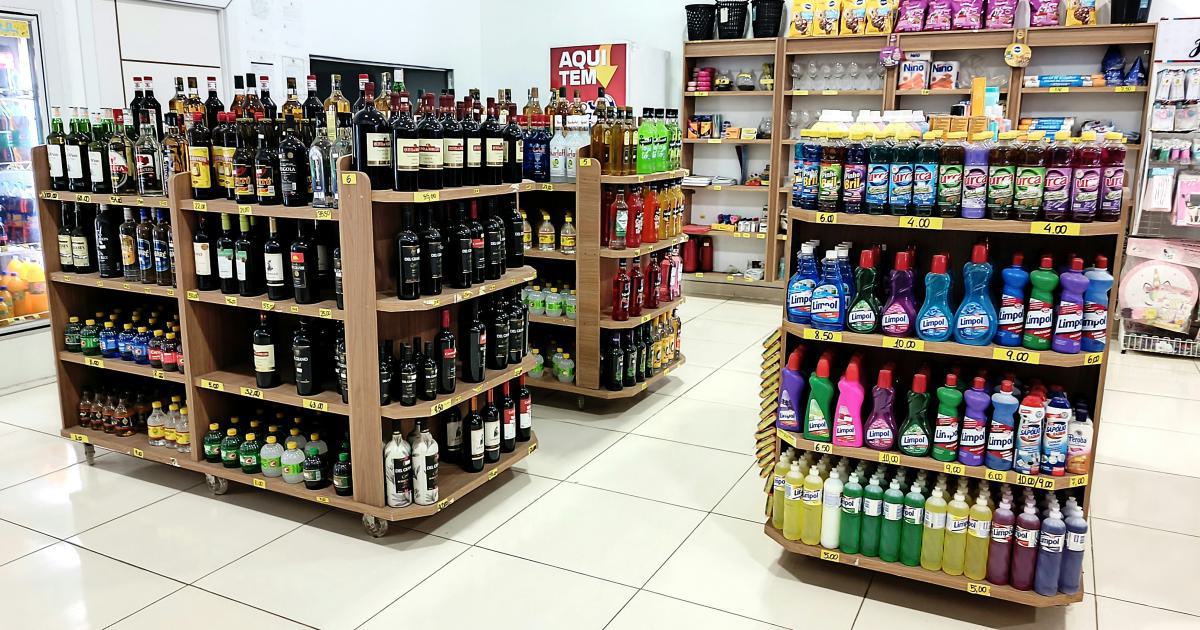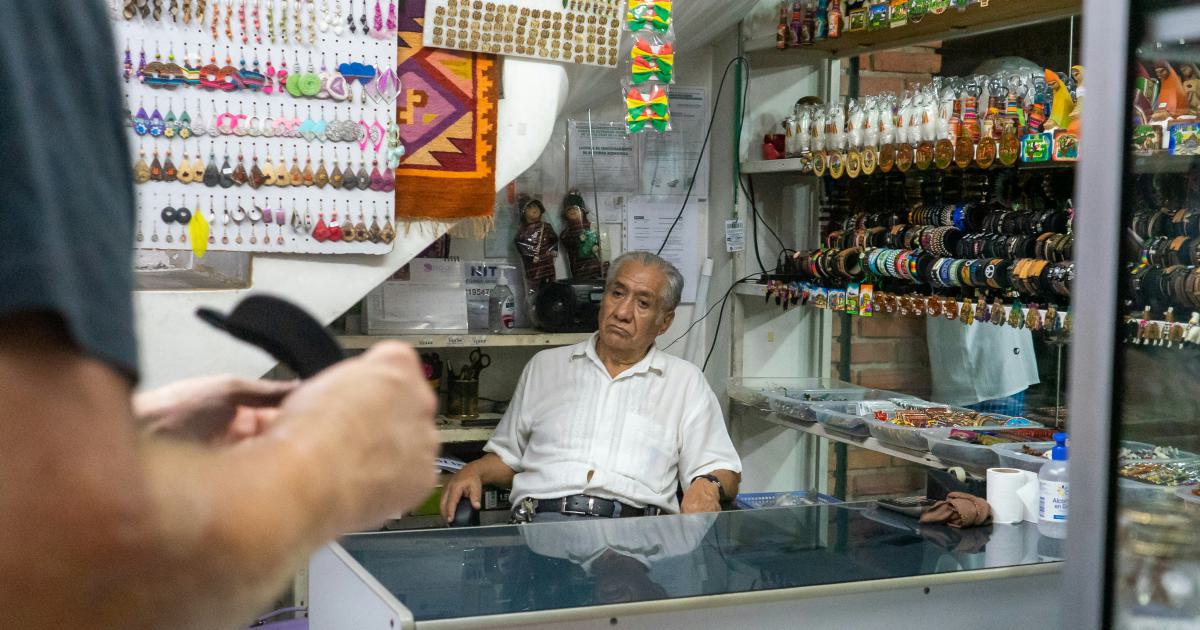Mapping Customer Journeys for More Effective Local Marketing Campaigns


Understanding the Importance of Customer Journeys in Local Marketing
In today's competitive business landscape, understanding the customer journey is crucial for developing effective local marketing campaigns. The customer journey refers to the step-by-step process a customer goes through when interacting with a brand, from initial awareness to post-purchase behavior. By mapping out these touchpoints, businesses can gain valuable insights into their customers' needs, pain points, and decision-making processes, ultimately leading to more personalized and impactful marketing strategies.
When it comes to local marketing, the customer journey becomes even more critical. Local consumers often have different expectations, preferences, and behaviors compared to their national or global counterparts. By closely examining the unique customer journeys within a specific geographic area, businesses can tailor their marketing efforts to better resonate with the local audience and drive more conversions.

The Benefits of Mapping Customer Journeys for Local Marketing
Deeper Customer Understanding: Mapping the customer journey allows businesses to gain a comprehensive understanding of their local customers' behaviors, preferences, and pain points. This knowledge can inform the development of more relevant and personalized marketing campaigns.
Optimized Touchpoints: By identifying critical touchpoints along the customer journey, businesses can ensure that their marketing efforts are strategically placed to guide customers smoothly through the decision-making process.
Improved Conversion Rates: With a clear understanding of the customer journey, businesses can identify and address any friction points, ultimately leading to higher conversion rates and increased revenue.
Enhanced Customer Experience: Mapping the customer journey enables businesses to deliver a more seamless and satisfactory experience for their local customers, fostering loyalty and repeat business.
Competitive Advantage: By deeply understanding their local customers' journeys, businesses can differentiate themselves from competitors and offer a more tailored, personalized experience.
Identifying the Stages of the Customer Journey
The customer journey typically consists of several key stages, each with its own unique set of touchpoints and considerations. When mapping the customer journey for local marketing campaigns, it's essential to understand these stages and how they may differ from a national or global perspective.
Awareness
The first stage of the customer journey is awareness, where potential customers become aware of a brand or product. In the local context, this stage may involve factors such as:
- Local advertising and promotions
- Word-of-mouth referrals from friends, family, and community members
- Localized search engine optimization (SEO) and local directory listings
- Participation in local events or sponsorships

Consideration
Once a potential customer is aware of a brand or product, they enter the consideration stage. Here, they research and evaluate their options, often comparing offerings from local competitors. Factors that influence the consideration stage in a local setting may include:
- Proximity and convenience of physical store locations
- Availability of local customer reviews and testimonials
- Perceived reputation and trustworthiness of the brand within the community
- Relevance of product or service offerings to local needs and preferences

Conversion
The conversion stage is when a potential customer takes the final step and becomes a paying customer. In the local context, this stage may be influenced by factors such as:
- Availability of local promotions, discounts, or loyalty programs
- Convenience of in-store or curbside pickup options
- Quality of local customer service and support
- Seamless integration of online and offline buying experiences

Retention and Loyalty
After the initial purchase, the customer journey continues with the retention and loyalty stage. In a local setting, businesses can foster long-term relationships with customers through:
- Personalized communication and engagement within the community
- Participation in local events and initiatives
- Tailored loyalty programs and rewards that cater to local preferences
- Responsive customer service and support for local issues or concerns

Advocacy
The final stage of the customer journey is advocacy, where satisfied customers become brand ambassadors and actively promote the business to their local network. This stage can be influenced by factors such as:
- Positive word-of-mouth recommendations within the local community
- Engagement with the brand's local social media presence
- Participation in local review platforms and directories
- Referrals of friends, family, and other local connections

By thoroughly understanding these stages and their unique touchpoints in a local context, businesses can develop more effective marketing campaigns that resonate with their target audience and drive meaningful results.
Gathering and Analyzing Customer Journey Data
To map the customer journey for local marketing campaigns, businesses must collect and analyze a variety of data sources. This data can be used to gain a deeper understanding of the local customer experience and identify opportunities for improvement.
Primary Data Collection
Primary data collection involves directly engaging with customers to gather first-hand insights. Some common methods for local customer journey data collection include:
- Customer Surveys: Conduct surveys, either in-person or online, to gather feedback on customers' experiences, preferences, and pain points.
- In-Depth Interviews: Interview local customers to gain a more detailed understanding of their decision-making process and the factors that influence their behavior.
- Observation: Observe customer behavior at physical store locations or during local events to identify pain points and areas for improvement.

Secondary Data Analysis
Secondary data sources can provide valuable context and supplementary information to enhance the customer journey mapping process. Some examples of secondary data sources include:
- Local Market Research: Leverage industry reports, government data, and other third-party sources to understand the local competitive landscape, demographic trends, and consumer behavior.
- Online Reviews and Ratings: Analyze customer reviews on local directories, social media, and other platforms to identify common themes, pain points, and areas of satisfaction.
- Website and Social Media Analytics: Examine data from the business's local website and social media channels to understand how customers interact with the brand online.

Data Integration and Synthesis
Once the primary and secondary data has been collected, it's essential to integrate and synthesize the information to gain a comprehensive understanding of the local customer journey. This process may involve:
- Identifying common patterns, themes, and pain points across multiple data sources
- Mapping the customer journey stages and touchpoints specific to the local market
- Prioritizing the most critical areas for improvement or optimization
- Developing personas that represent the diverse segments of the local customer base

By combining these various data sources and analysis techniques, businesses can develop a detailed, data-driven understanding of their local customers' journeys, enabling them to create more effective and targeted marketing campaigns.
Optimizing the Local Customer Journey
With a thorough understanding of the local customer journey, businesses can now focus on optimizing each stage to enhance the overall customer experience and drive better marketing results.
Awareness Stage Optimization
To increase brand awareness and visibility within the local market, consider the following strategies:
- Leverage local search engine optimization (SEO) to improve the business's online presence and discoverability
- Participate in local directories, listings, and review platforms to build trust and credibility
- Engage in local sponsorships, event partnerships, and community outreach initiatives
- Utilize targeted local advertising, such as geotargeted social media ads or local print/radio campaigns

Consideration Stage Optimization
To guide potential customers through the consideration stage, focus on the following tactics:
- Ensure the business's physical locations are conveniently located and easily accessible
- Provide detailed, localized product and service information that addresses the needs of the target audience
- Encourage and showcase positive local customer reviews and testimonials
- Offer competitive local pricing, promotions, and loyalty programs to differentiate the business

Conversion Stage Optimization
To streamline the conversion process and drive more sales, implement the following strategies:
- Offer seamless online-to-offline purchasing experiences, such as curbside pickup or local delivery
- Provide excellent in-store customer service and support to enhance the local buying experience
- Leverage local promotions, discounts, and personalized offers to incentivize purchases
- Optimize the checkout process to minimize friction and abandoned shopping carts

Retention and Loyalty Stage Optimization
To foster long-term relationships with local customers, consider the following approaches:
- Develop targeted loyalty programs that cater to the unique preferences and behaviors of the local customer base
- Engage with customers through localized social media channels and community-focused initiatives
- Provide personalized communication and follow-up based on customers' local needs and interactions
- Respond promptly and effectively to local customer service inquiries and concerns

Advocacy Stage Optimization
To encourage local customers to become brand advocates, implement the following tactics:
- Incentivize and facilitate word-of-mouth referrals within the local community
- Actively monitor and respond to local reviews, both positive and negative
- Engage with local influencers and community leaders to leverage their reach and influence
- Develop localized content and campaigns that inspire customers to share their experiences

By optimizing each stage of the local customer journey, businesses can create a seamless and personalized experience that resonates with their target audience, leading to increased brand loyalty, positive word-of-mouth, and ultimately, more effective local marketing campaigns.
Conclusion
Mapping the customer journey is a crucial step in developing successful local marketing campaigns. By deeply understanding the unique needs, preferences, and behaviors of local customers, businesses can create targeted marketing strategies that drive better results.
From raising brand awareness to fostering long-term loyalty, each stage of the customer journey presents opportunities for optimization and improvement. By leveraging data-driven insights, businesses can tailor their marketing efforts to the local context, delivering a superior customer experience and gaining a competitive edge in their respective markets.
As the business landscape continues to evolve, staying attuned to the ever-changing dynamics of local customer journeys will be a key factor in the success of any local marketing campaign. By embracing this customer-centric approach, businesses can position themselves for sustained growth and stronger connections with their local communities.